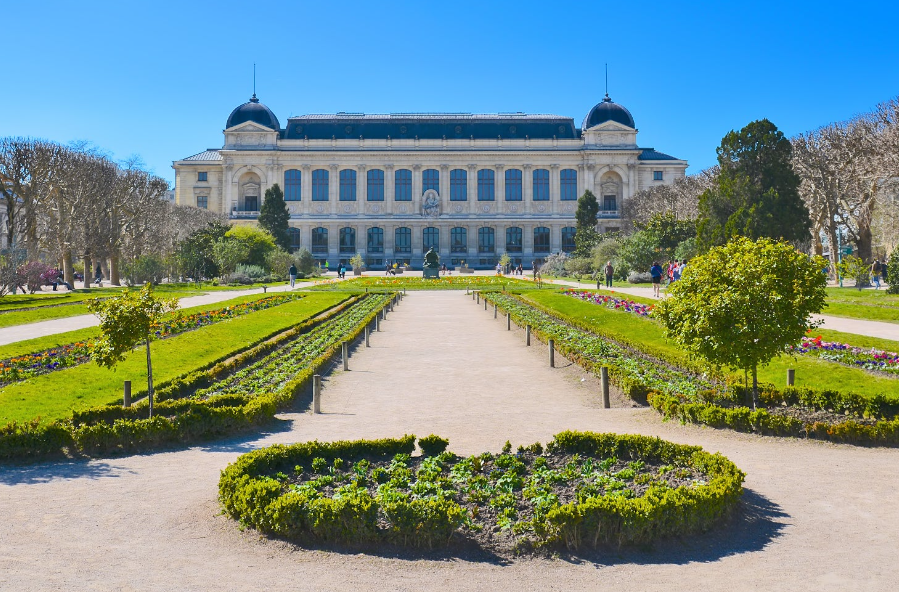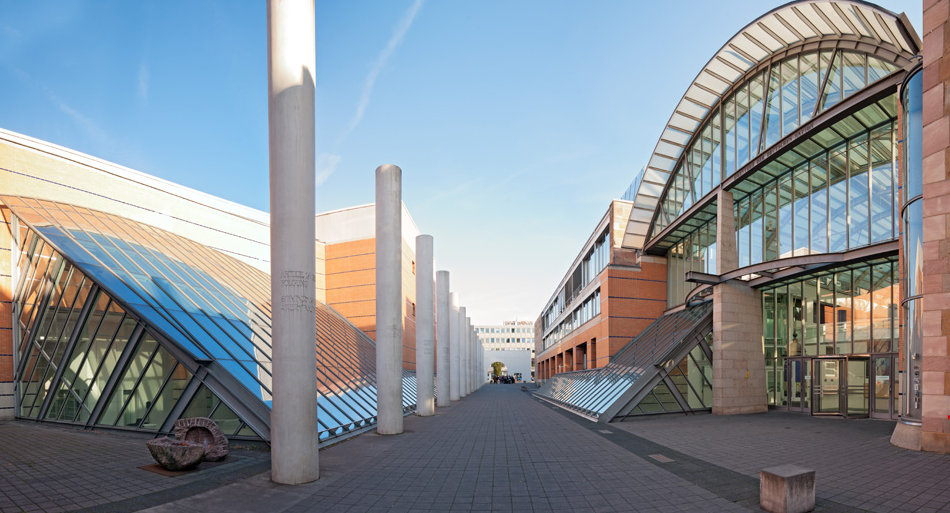In this article, we will delve into the fascinating world of the Dominican Republic National Museum, also known as the National Museum of Natural History. Situated in the heart of the vibrant Dominican Republic, this museum offers a captivating glimpse into the rich biodiversity, geological wonders, and cultural heritage of this enchanting Caribbean nation.
The Dominican Republic National Museum, nestled in the charming capital city of Santo Domingo, is a testament to the nation’s commitment to preserving its natural and cultural heritage. This museum, also known as the National Museum of Natural History, serves as a hub of knowledge, offering visitors a chance to explore the diverse facets of this Caribbean gem.
The History of the Dominican Republic National Museum
The roots of this institution can be traced back to the early 18th century when the Dominican Republic was under Spanish colonial rule. It was originally established as a repository for colonial artifacts and documents. Over the centuries, its mission evolved to encompass the exploration and preservation of the country’s natural wonders.
Exploring the Museum’s Exhibits
Biodiversity Showcase
One of the museum’s crown jewels is its biodiversity exhibit. Here, visitors can marvel at the incredible range of flora and fauna that call the Dominican Republic home. From vibrant tropical birds to lush rainforests and unique marine life, this exhibit showcases the country’s ecological diversity.
Geological Marvels
The Dominican Republic is a geological wonder, boasting caves, waterfalls, and towering mountain ranges. The museum’s geological section provides insight into the country’s unique geology, including the formation of the Caribbean island chain.
Cultural Treasures
In addition to its natural exhibits, the museum also houses an impressive collection of cultural artifacts. Visitors can explore the history and traditions of the Dominican people, from the indigenous Taino culture to the colonial period and beyond.
Dominican Republic National Museum: Role in Conservation
The Dominican Republic National Museum plays a vital role in the conservation of the nation’s natural resources. Through research, educational programs, and partnerships with conservation organizations, the museum actively contributes to the preservation of the country’s ecosystems.
Educational Initiatives and Outreach
The museum is committed to fostering a love for science and nature among the younger generation. It offers a range of educational programs and workshops for students, igniting their curiosity and passion for the environment.
Archaeological Discoveries
Ancient Taino Artifacts
The museum’s collection of Taino artifacts is a testament to the rich indigenous history of the Dominican Republic. Visitors can admire intricate pottery, jewelry, and sculptures that provide a glimpse into the Taino way of life.
Fossils of Prehistoric Creatures
For those interested in paleontology, the museum showcases an impressive array of fossils, including those of prehistoric creatures that once roamed the island. These fossils shed light on the ancient ecosystems that existed long before humans arrived.
Visiting the Dominican Republic National Museum
Location and Hours
The museum is conveniently located in the historic district of Santo Domingo. It opens its doors to visitors six days a week, with Mondays reserved for maintenance.
Admission and Guided Tours
Admission fees are reasonable, with discounts available for students and seniors. Guided tours, led by knowledgeable staff, are highly recommended to fully appreciate the museum’s treasures.
Contributions to Scientific Research
Beyond its role as a tourist attraction, the museum actively contributes to scientific research. Researchers from around the world collaborate with the museum’s experts to conduct studies on the region’s biodiversity and geology.
Preservation Efforts and Challenges
While the museum excels in preservation, it faces challenges such as habitat loss and climate change. It remains dedicated to addressing these issues through awareness campaigns and conservation projects.
The Museum’s Impact on Tourism
The Dominican Republic National Museum is not only an educational institution but also a significant driver of tourism. Visitors from across the globe flock to Santo Domingo to experience its unique blend of history and nature.
Conclusion
In conclusion, the Dominican Republic National Museum, also known as the National Museum of Natural History, is a treasure trove of knowledge and wonder. Its dedication to preserving the country’s natural and cultural heritage, coupled with its commitment to education and research, makes it a must-visit destination for anyone exploring the Dominican Republic.
Frequently Asked Questions
- What are the must-see exhibits at the Dominican Republic National Museum?
- The must-see exhibits include the biodiversity showcase, geological marvels, and the cultural treasures section.
- How can I support the museum’s conservation efforts?
- You can support the museum’s conservation efforts by making a donation or participating in their volunteer programs.
- Are there any special events or exhibitions held at the museum?
- Yes, the museum regularly hosts special events and temporary exhibitions. Check their website for updates.
- What is the significance of the Taino artifacts displayed at the museum?
- The Taino artifacts provide insight into the indigenous history and culture of the Dominican Republic.
- Is photography allowed inside the museum?
- Yes, photography is generally allowed inside the museum, but be sure to check with museum staff for any specific restrictions during your visit.
References
- “Museo Nacional de Historia Natural.” Official Website of the Dominican Republic National Museum, https://mnhn.gob.do/
- “Dominican Republic National Museum: A Brief History.” Go Dominican Republic, https://www.godominicanrepublic.com/en/newsroom/press-room/dominican-republic-national-museum-a-brief-history/
- “Dominican Republic’s Natural Wonders.” Smithsonian Magazine, https://www.smithsonianmag.com/travel/dominican-republics-natural-wonders-180960928/

